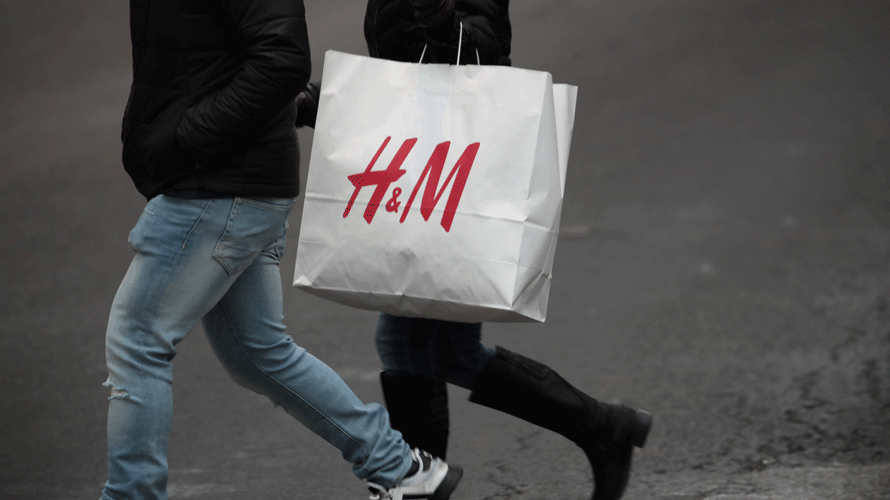The 2010s may well be remembered as the decade that fashion became fast, when retailers quickly flipped styles from the catwalk to the clothing rack.
In 2010, Amazon Prime had fewer than 25 million subscribers, and H&M didn’t operate an ecommerce website in the U.S. European favorites like Mango and Zara were beginning to make major investments in American brick-and-mortar retail, while ASOS had just arrived from London. Forever21 debuted a gigantic flagship store in Times Square.
It was an ecosystem that seemed poised for massive growth, and indeed that’s what the 2010s brought for many of these retailers: ASOS’ revenue climbed from just over £550 million in 2012 to over £2.4 billion last year, according to Statista. Zara has more than 2,000 stores, with nearly 100 of them in the U.S. And Amazon Prime, of course, is now a behemoth that boasts over 100 million members solely in the U.S.
The traditional apparel supply chain used to be dictated by a slow-moving schedule of presentations and fashion shows followed by market appointments and orders, with items making their ways to store shelves months after their original debut.
But the rise of these retailers has also brought several changes in consumer expectations: fast and free shipping, a never-ending stream of new product launches and consistently low prices. In the Instagram age, when every outfit is documented, these retailers offer a chance for wearers to have something new on a regular basis for too-good-to-be-true prices: a $15 polyester dress, or a $5 T-shirt.
“Fast fashion was one of the players that disrupted that model and said, ‘Hey, you don’t really have to wait six to nine months after the fashion show before you can get that stuff—and in many cases, you don’t have to pay the designer label price,'” said Jason Goldberg, chief commerce strategy officer at Publicis and founder of RetailGeek. “You can have that stuff faster and at a more affordable price point.”
With this accessibility, and ease of purchase, came some unforeseen side effects.
Today’s must-have is tomorrow’s trash
Questions about the ethics of fast fashion started revving up as the decade progressed. According to the EPA, rubber, leather and textiles makes up nearly 10% of U.S. waste; the average American discards more than 80 pounds of clothing in a year. The math is simple: If consumers are buying more, that means they’re throwing out more, too. That’s already an environmental strain, without even considering the costs of packaging and shipping all these items when they’re ordered online.
The shipping question has meant that Amazon is caught up in this chatter, too. Though the retailer sells much more than fast fashion, there’s no denying that its endless options of merchants (many of which have unknown or unverified origins when it comes to matters of manufacturing) and its speedy shipping have similarities to the models of many fast-fashion retailers. The sheer number of Amazon packages circulating the globe—in 2017, it was more than 5 billion, according to the company—raises questions of overconsumption and waste, too.
Environmental concerns are only one side of the discussion: Fast fashion retailers have long been scrutinized for their labor practices. While some retailers, like H&M, have made strides to increase transparency about their manufacturing processes by detailing factory and supplier information on its product pages, others have come under fire for unethical production methods.

Earlier this month, the New York Times revealed that Fashion Nova, an ecommerce retailer famous for quickly turning around replicas of celebrity outfits, is able to do so thanks to paying its workers a few cents for every element of a garment (a sleeve, a pant leg) made at a Los Angeles factory. A former Labor Department leader told the Times it “has all the advantages of a sweatshop system.”
The new normal is unsustainable
As more brands and retailers have adapted to the new norm of a faster supply chain, embracing a “see now, buy now” approach to apparel sales, the nimble supply chain that set fast fashion apart has become an industry standard.
"fast" - Google News
December 27, 2019 at 07:30PM
https://ift.tt/39kp9hF
Fast Fashion Reigned in the 2010s. But Will It Last Into the 2020s? - Adweek
"fast" - Google News
https://ift.tt/2VRmxBz
Shoes Man Tutorial
Pos News Update
Meme Update
Korean Entertainment News
Japan News Update
No comments:
Post a Comment